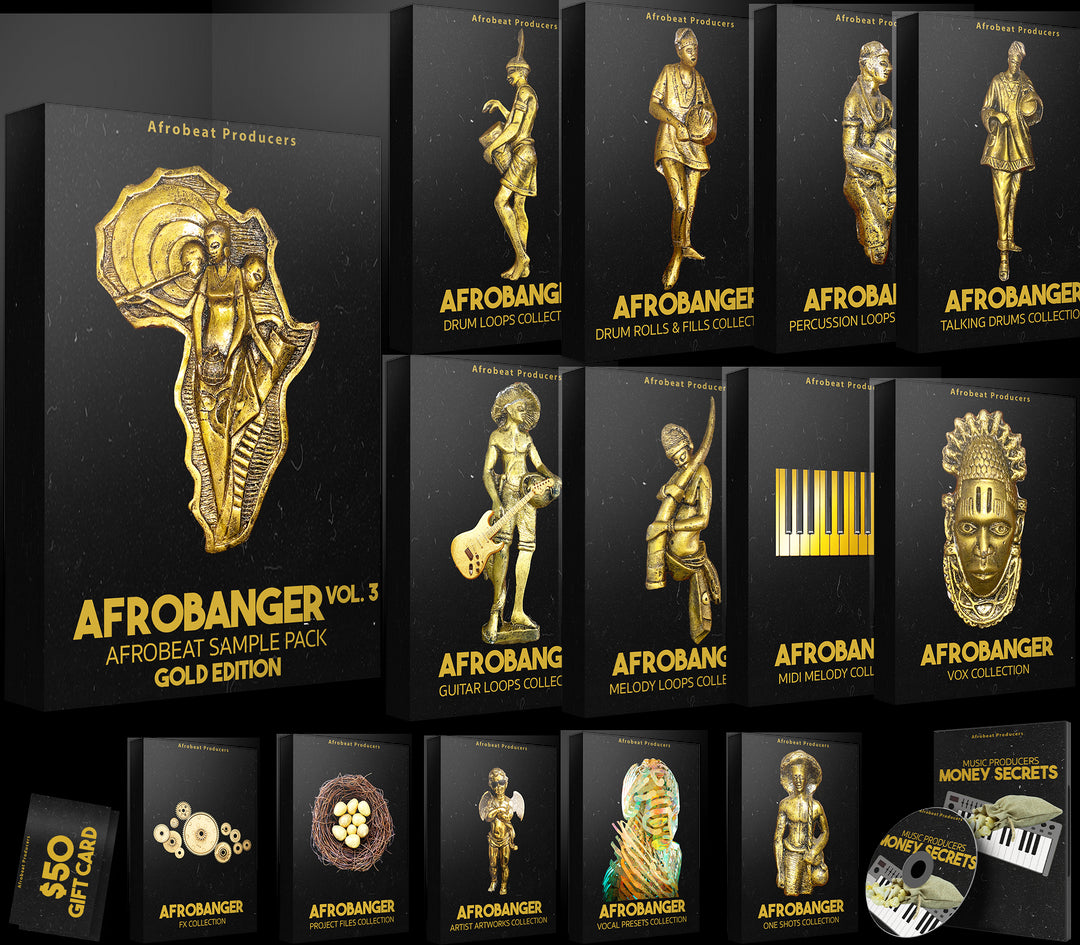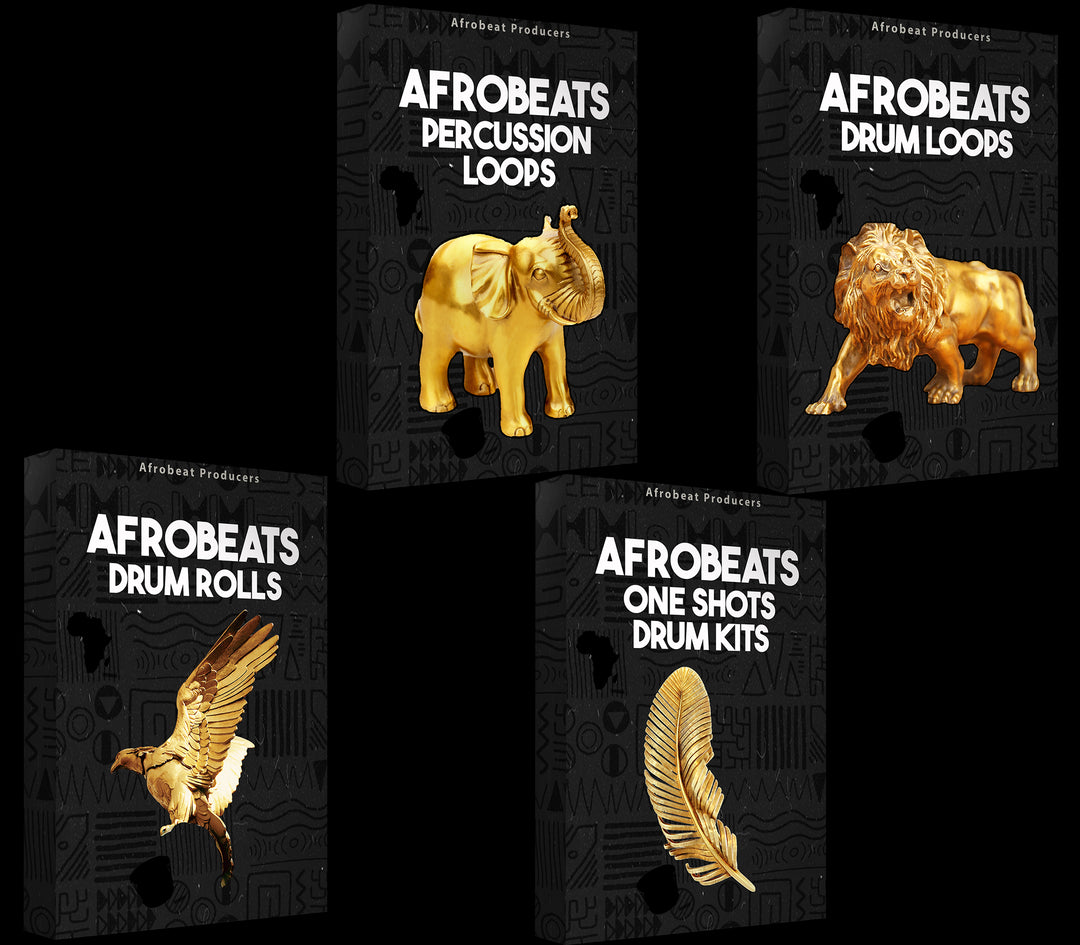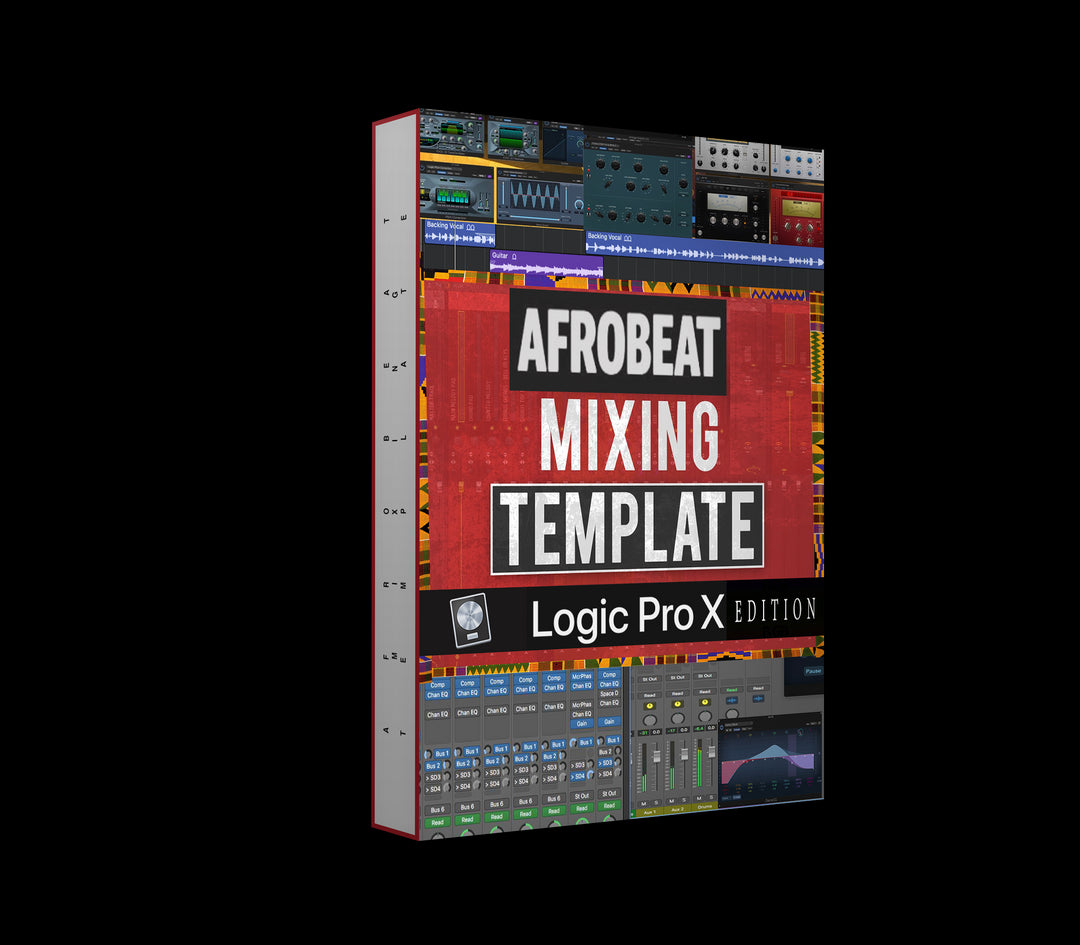Best Studio Monitors for Music Production: Enhance Your Listening Experience

If you're serious about music production, investing in the right studio monitors is non-negotiable. Studio monitors are designed to deliver accurate, uncolored sound, allowing producers to hear their tracks as they truly are. Whether you're a beginner setting up your first home studio or an experienced producer upgrading your gear, choosing the right monitors can significantly impact your work.
In this article, we'll explore the best studio monitors for music production, break down the key features to look for, and discuss how to match the right monitor to your specific needs. Whether you're a beginner or a seasoned producer, this guide will help you enhance your listening experience.
1. Why Studio Monitors Are Essential for Music Production
Studio monitors are not your average speakers. Unlike regular consumer-grade speakers, which are designed to enhance sound for enjoyment, studio monitors provide a flat frequency response. This means what you hear is exactly what’s being produced—no added bass, treble, or coloration. This accuracy is critical for mixing and mastering because it ensures your music will sound great on any playback system.
2. Key Features to Consider When Choosing Studio Monitors
Not all studio monitors are created equal. To find the best fit, consider these essential features:
a) Size of the Woofer
The size of the woofer impacts how well the monitor can reproduce low-end frequencies. For smaller spaces, a 5-inch woofer might suffice. Larger spaces often require an 8-inch woofer or bigger to handle bass-heavy genres like EDM or hip-hop.
b) Room Size and Acoustics
The size of your studio plays a massive role in how monitors perform. Larger monitors in a small, untreated room can lead to inaccurate sound reflections. We recommend treating your room acoustically with bass traps and foam panels to get the most accurate sound.
c) Near-Field vs. Mid-Field Monitors
Near-field monitors are designed to be placed close to the listener (3-5 feet), making them ideal for home studios. Mid-field monitors require more distance and are typically suited for professional studio setups.
d) Frequency Range
Look for monitors with a wide frequency range. A typical range might be 40Hz to 20kHz, but ensure the lows and highs match your music production needs.
e) Build Quality
The durability and design of studio monitors influence their longevity and performance. Look for monitors with robust construction and quality materials.
3. Top Studio Monitors for Music Production
Here are some of the best options on the market today, catering to different budgets and requirements.
a) Yamaha HS Series
Why it’s popular: Known for their iconic white-cone woofers, the Yamaha HS series (e.g., HS5, HS7, HS8) provides exceptional clarity and flat response. They are a staple in many studios worldwide.
- Pros: Accurate sound, sleek design.
- Cons: Lacks deep bass; may require a subwoofer for bass-heavy genres.
b) KRK Rokit G4 Series
Best for bass lovers, the KRK Rokit G4 series (e.g., Rokit 5, 7, and 8) is perfect for producers working on hip-hop, R&B, or electronic music.
- Pros: Enhanced low-end response, adjustable EQ settings.
- Cons: Slight coloration in sound, which may not suit purists.
c) Adam Audio A7X
A favorite among professionals, the Adam Audio A7X features ribbon tweeters for detailed high frequencies and a punchy midrange.
- Pros: Exceptional clarity, premium build.
- Cons: Higher price point.
d) JBL 305P MkII
Budget-friendly yet high-performing, the JBL 305P MkII is an excellent choice for beginners and home studios.
- Pros: Affordable, balanced sound.
- Cons: Limited low-end performance.
e) Focal Alpha Series
The Focal Alpha Series (50, 65, 80) offers a neutral sound profile and incredible detail, ideal for critical listening.
- Pros: Rich, immersive soundstage.
- Cons: Expensive compared to entry-level options.
4. Understanding Monitor Placement
Even the best studio monitors won't perform well if not placed correctly. Here's how to optimize placement:
- Set up an equilateral triangle: Position your monitors and yourself so they form a triangle where the distance between each point is equal.
- Tweeters at ear level: Ensure the high-frequency drivers are aligned with your ears for clear highs.
- Avoid wall reflections: Keep monitors away from walls to prevent sound distortion.
5. Studio Monitor Accessories Worth Considering
To further improve your setup, consider these accessories:
- Monitor stands: Elevates your monitors for better positioning.
- Isolation pads: Reduces vibrations and ensures accurate sound.
- Subwoofers: Complements monitors by handling ultra-low frequencies.
6. Active vs. Passive Studio Monitors
When shopping, you'll come across two types of studio monitors: active and passive.
- Active monitors: Have built-in amplifiers, making them convenient and space-saving.
- Passive monitors: Require an external amplifier, offering more customization but requiring extra components.
7. How to Choose Monitors Based on Genre
Different music genres demand varying sound profiles. Here's what to consider:
- Electronic & Hip-Hop: Prioritize monitors with strong low-end reproduction (e.g., KRK Rokit G4).
- Classical & Jazz: Look for monitors with a balanced, flat response (e.g., Focal Alpha Series).
- Rock & Pop: Go for monitors that handle midrange frequencies well (e.g., Yamaha HS Series).
8. Tips for Testing Studio Monitors Before Purchase
Buying studio monitors is a significant investment. If possible, test them in-store or during a trial period:
- Bring familiar tracks: Play songs you know well to evaluate sound clarity and balance.
- Adjust listening levels: Test at both low and high volumes to check consistency.
- Focus on transitions: Pay attention to how smoothly monitors handle frequency transitions.
9. Budget Considerations
Studio monitors come in a wide price range. Here’s how to approach your purchase based on budget:
- Under $300: JBL 305P MkII or PreSonus Eris series.
- $300 - $700: Yamaha HS Series, KRK Rokit G4.
- $700 and above: Adam Audio A7X, Focal Alpha Series.
10. Future-Proofing Your Studio Monitor Setup
As your skills grow, your needs may evolve. Consider monitors that allow for upgrades, like adding a subwoofer or integrating advanced EQ options.
Conclusion
Investing in the best studio monitors is one of the smartest decisions you can make as a music producer. By understanding your needs, budget, and the unique features of each monitor, you’ll find the perfect match to enhance your listening and production experience. Remember, choosing quality monitors isn’t just about the gear—it’s about creating music that translates beautifully to any audience.
No matter your level of expertise, the right studio monitors can elevate your craft and bring your mixes to life. So, take your time, test the options, and build a setup that inspires you to create your best work.






![amapiano essential sample pack download,Free Download Amapiano Log Drum Bass Pack Amapiano .WAV Samples [Works on Logic Pro ,FL Studio Abelton Live , Reason, all DAWs] Logic Pro Tutorial, free amapiano drum sample pack,Drum Loops + Construction Kit Loops Percussion Loops, Guitar Melody Loops, MIDI Melody Loops, FL Studio Fruity DX10 - Log Drum Presets Log Drums (MIDI Melody) Log Drums (Wave Audio) MIDI Snare DRum Loops + One Shots Rolls and Fills Shaker Loops Vox Chops VST Plugins Presets FX + BONUS](http://afrobeatproducers.com/cdn/shop/files/AmaPianoEssentialSamplePack.png?format=jpg&v=1701804534&width=1080)




![amapiano essential sample pack download,Free Download Amapiano Log Drum Bass Pack Amapiano .WAV Samples [Works on Logic Pro ,FL Studio Abelton Live , Reason, all DAWs] Logic Pro Tutorial, free amapiano drum sample pack,Drum Loops + Construction Kit Loops Percussion Loops, Guitar Melody Loops, MIDI Melody Loops, FL Studio Fruity DX10 - Log Drum Presets Log Drums (MIDI Melody) Log Drums (Wave Audio) MIDI Snare DRum Loops + One Shots Rolls and Fills Shaker Loops Vox Chops VST Plugins Presets FX + BONUS](http://afrobeatproducers.com/cdn/shop/files/AmaPianoEssentialSamplePackVol.2.png?format=jpg&v=1701804430&width=1080)



